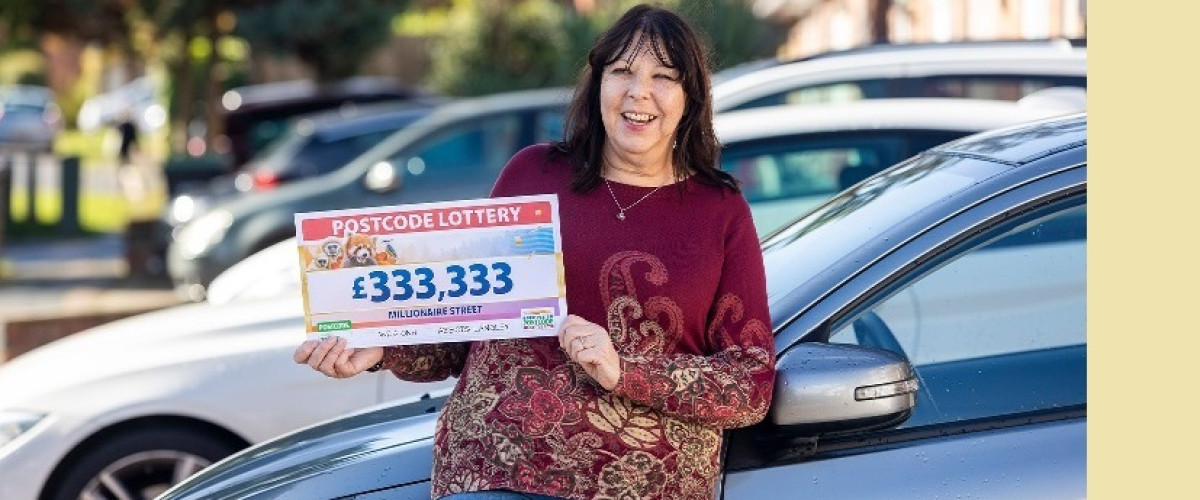
Introduction to the Postcode Lottery
The Postcode Lottery has increasingly gained attention as a unique charitable initiative that combines fundraising with a lottery format. Its growth and success have made it a topic of interest for many individuals and organisations within the UK. The lottery plays a pivotal role in supporting community projects, contributing to the well-being of society while fostering a spirit of giving.
How the Postcode Lottery Works
Launched in 2005, the People’s Postcode Lottery operates on a simple premise: players purchase a ticket associated with their postcode, and draws are conducted to award prizes. The funds raised from ticket sales are allocated to various charities across the UK, creating a direct link between participation and community support. Players have the chance to win cash prizes while simultaneously funding vital projects ranging from education and health to environmental conservation.
Recent Developments and Contributions
In recent years, the Postcode Lottery has reported a considerable increase in ticket sales, allowing for a record allocation of funds to charitable organisations. According to their reports, in 2022 alone, over £54 million was distributed to more than 1,500 charities. Notable beneficiaries include the British Red Cross, Shelter, and a multitude of local initiatives aimed at improving social welfare.
The Role of Charities in the Postcode Lottery
The provided funding has enabled numerous charities to launch new projects and expand existing services. For example, Shelter has been able to enhance its outreach programmes to provide assistance to the homeless, while environmental charities have leveraged funding for biodiversity projects. The lottery has proven to be a lifeline for many organisations that rely heavily on public funding.
Community Engagement and Future Outlook
The Postcode Lottery not only funds charities but also fosters a sense of community among participants, encouraging awareness of pressing social issues. Community engagement initiatives and promotional events have been orchestrated to enhance public participation. As the lottery continues to grow, forecasts indicate an enduring rise in ticket sales, thus amplifying its influence and impact across the UK.
Conclusion
As an innovative charity model, the Postcode Lottery demonstrates the blend of entertainment and philanthropy. The ongoing commitment to supporting charitable causes underlines its significance as a tool for societal improvement. With its popularity on the ascent, the Postcode Lottery is poised to make an even greater contribution to the UK’s charitable landscape, serving as an example of how community spirit can translate into tangible positive outcomes.
You may also like

Current Status of the Bank of England Base Rate

The Impact of RB on Modern Banking
